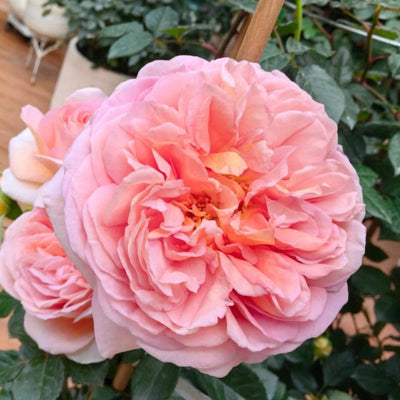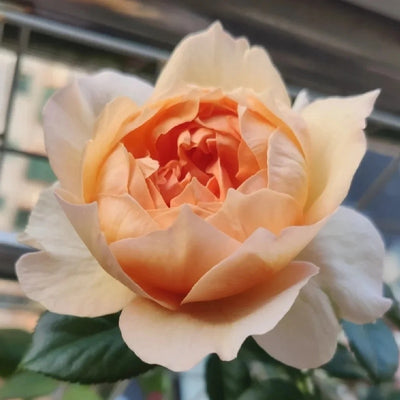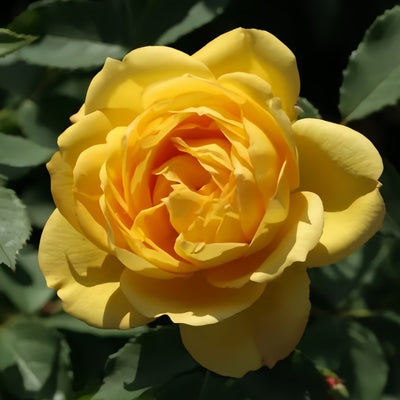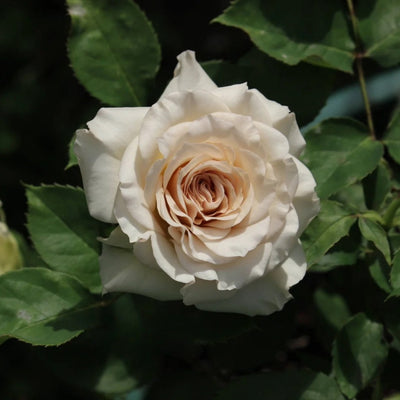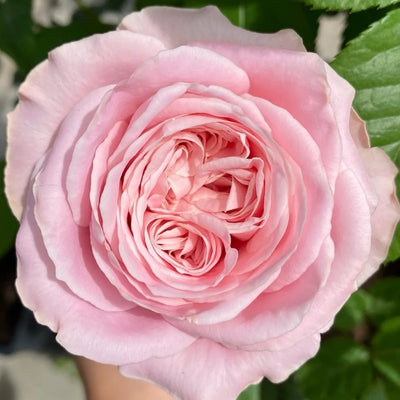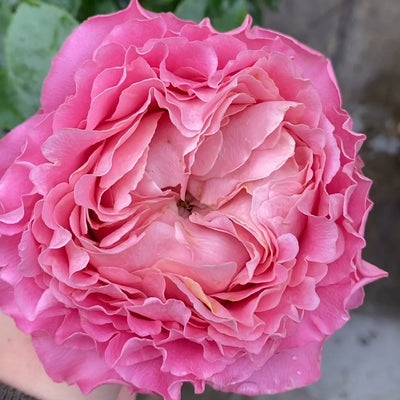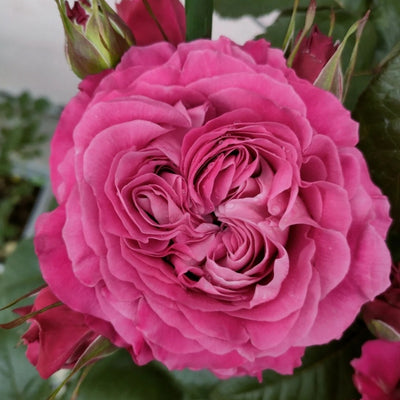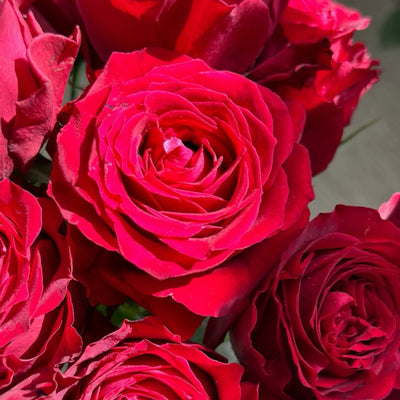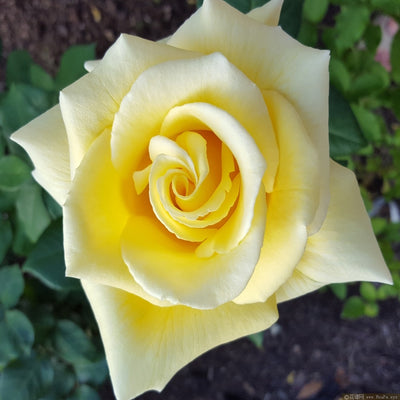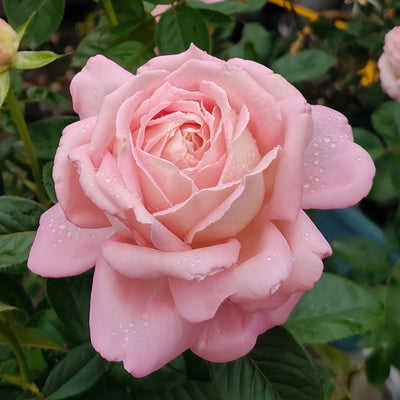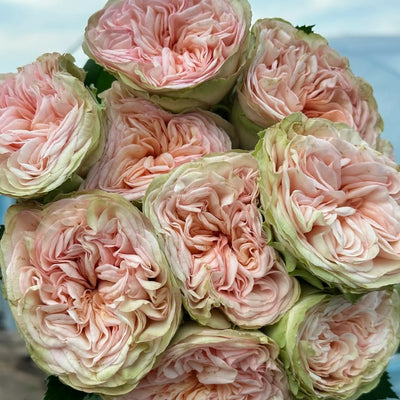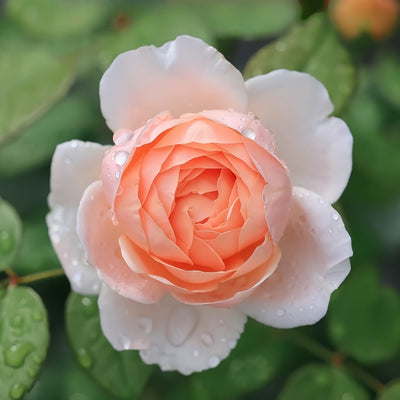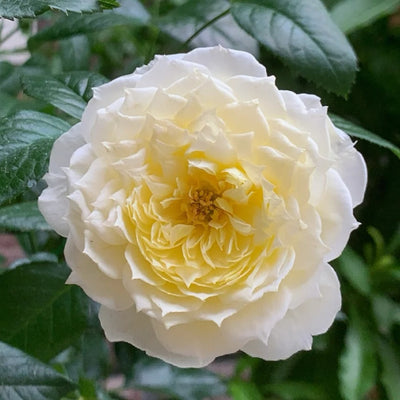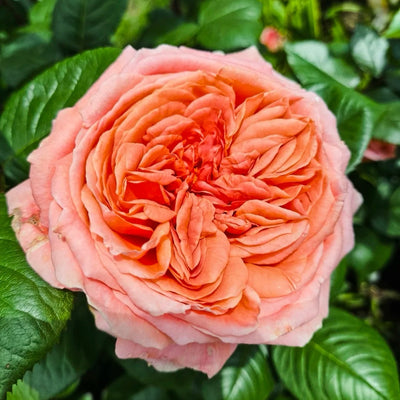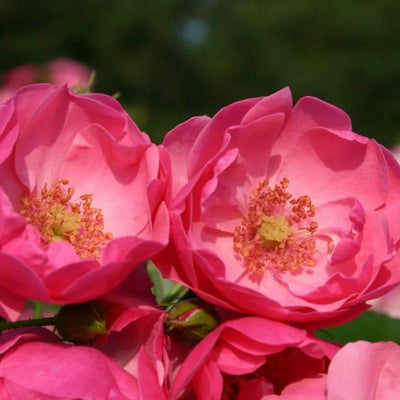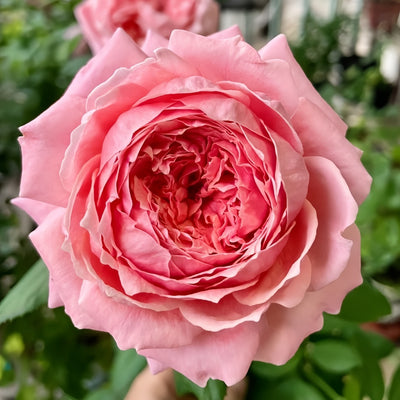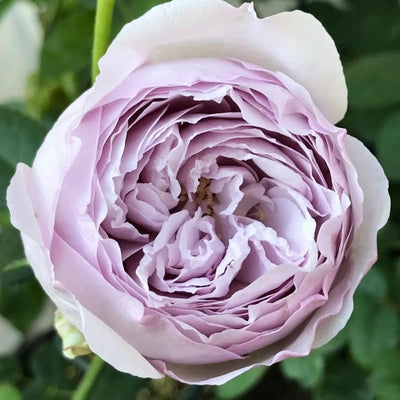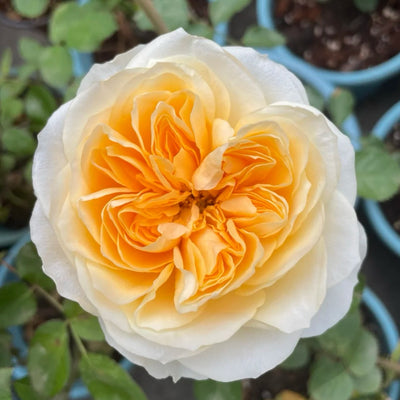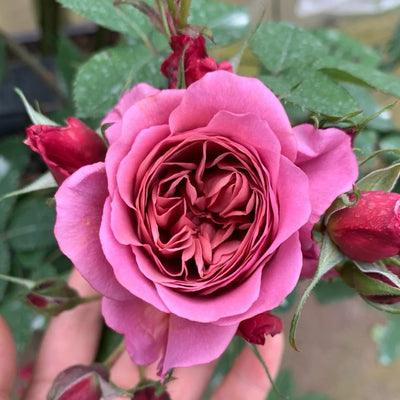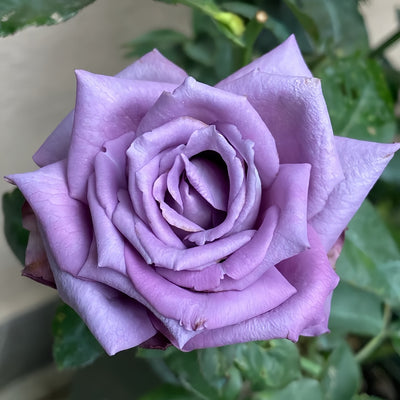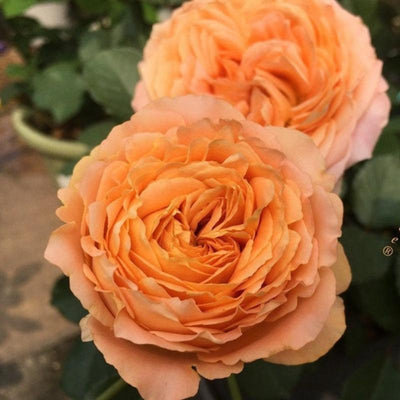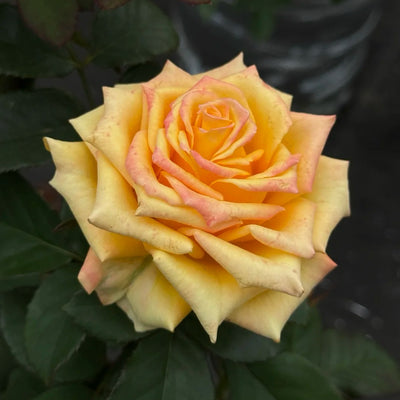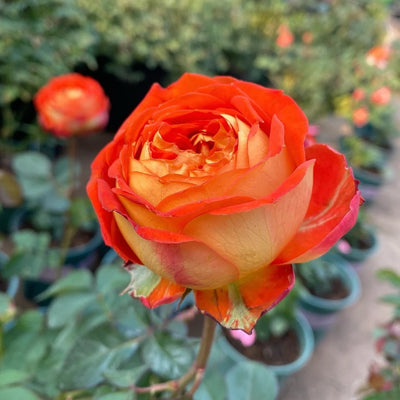🔥 Recommended Product
The Juliet Rose is one of the most iconic and beloved English roses, especially prized as a cut flower. Known for its romantic apricot tones, elegant shape, and graceful presence, this rose has captured the hearts of gardeners worldwide. Whether you’re new to growing roses or a seasoned collector, understanding the strengths and weaknesses of the Juliet Rose can help you decide if it’s the right bloom for your garden.

🌸 Benefits of Growing the Juliet Rose
1. Exceptional Flower Form
The Juliet Rose is celebrated for its breathtaking flower shape. During cool spring and fall seasons, its blooms open into perfect cups with soft apricot centers and pale outer petals. Although not overly large, each flower is artistically balanced—ideal for gardeners who prioritize visual elegance. This rose is especially beautiful when half-open, making it a top choice for photography, floral arrangements, and garden displays.
2. Repeat Bloomer with Strong Flowering Power
One of the key advantages of the Juliet Rose is its prolific blooming ability. With healthy feeding and care, it produces blooms continuously from late spring through fall. Each new shoot tends to bear flowers, making it a rewarding variety for those who enjoy frequent floral displays. Well-established plants can supply a steady stream of fresh-cut flowers directly from the garden.
3. Upright Blooms That Don’t Droop
Unlike many heavy-petaled roses that tend to nod, the Juliet Rose blooms face upward proudly. Even small plants hold their blossoms toward the sky, showcasing every detail of their beauty. With a typical mature height of around 1 meter, a healthy Juliet bush covered in blooms is a stunning sight in any landscape.
4. Excellent Disease Resistance
The Juliet Rose is known for being relatively disease-resistant. While minor powdery mildew may appear in certain conditions, it rarely experiences severe fungal issues like black spot. It also appears less attractive to common pests such as spider mites. This makes it a low-maintenance option for gardeners who want beauty without constant worry.

🍂 Limitations of the Juliet Rose
1. Short Bloom Shape Retention
While the Juliet Rose starts off with exquisite form, its tightly cupped shape tends to flatten after a day or two. Though the flower remains attractive, it lacks the lasting form of other long-holding varieties. Gardeners seeking extended bloom shape may find this a drawback.
2. Fades Quickly in Color
Freshly opened Juliet Rose blooms display a striking blend of deep apricot and creamy white. However, these colors tend to fade quickly, especially in warm or sunny weather. In summer, blooms may turn pale or off-white within hours. Cooler weather helps the color last longer and improves bloom quality overall.
3. Sensitive to Heat
The Juliet Rose performs best in mild climates. In high heat, it may produce smaller, less vibrant flowers with fewer petals, and it flattens more quickly. To preserve plant strength and future blooms, it’s best to limit flowering during the peak of summer and encourage lush growth for autumn.

Should You Add the Juliet Rose to Your Garden?
If you’re looking for an English-style rose that brings elegance, fragrance, and visual delight to your space, the Juliet Rose is an excellent choice. Though it has a few heat-related limitations, its stunning blooms, strong repeat flowering, and disease resistance make it one of the most desirable roses for both beginner and expert gardeners. Whether planted in the ground or grown for cut flowers, Juliet Rose adds timeless romance to any setting.
Discover the beauty of the Juliet Rose today—perfect for garden lovers who want charm, style, and steady blooming performance.





















